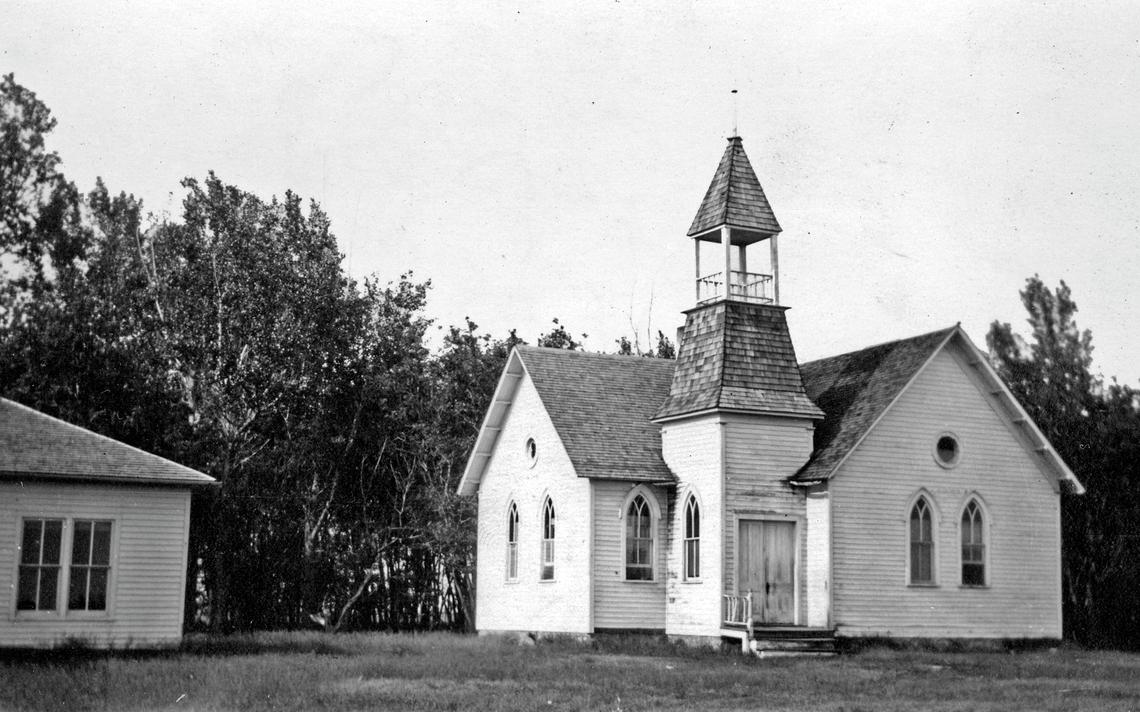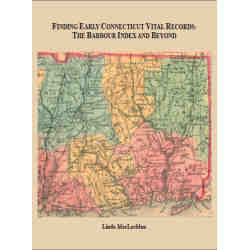
Another great feature of How to find Your Family History in U.S. Church Records: A Genealogist’s Guide, by Sunny Jane Morton and Harold A. Henderson, is the chapter-by-chapter breakdown of the kinds of records that were kept by the 12 major denominations in the United States as of 1900. For each denomination covered, the authors provide historical background on that church and then move on to discuss the kinds of records maintained, and how and where to access them. To illustrate what you might expect to learn about your ancestor’s denomination, here’s what Morton and Henderson have to say about 18th-early 20th-century Methodist records.
ABOUT METHODIST CONGREGATIONAL RECORDS
The description below applies to practices of the original Methodist Episcopal Church and generally to today’s United Methodist Church (the largest Methodist denomination in the United States). There may be variations within and across Methodist traditions.
Methodist ministers were charged as early as 1787 to keep register books with marriages and baptisms, though this wasn’t universally practiced. Before the mid-1800s, many Methodists were served by traveling ministers (“circuit riders”), who couldn’t carry much with them and may not even have had permanent homes. Early Methodist record-keeping has been described as “chaotic,” and many records by itinerant ministers have been lost or are not easy to find. However, many local congregations eventually grew sufficiently to house a minister and keep their own register books on site, and from that point in time, their records may be quite genealogically rich.
Methodist membership records may include baptisms, probationary or preparatory member ships, memberships in full connection, marriages, and funerals.
- Baptism was performed by sprinkling or immersion. Methodist parents were encouraged to have infants baptized as soon as possible. However, Methodism also attracted many adult converts, who were baptized as well.
- Those baptized were considered probationary or preparatory members. For adults, this involved a six-month probationary period (before 1912), during which they were instructed in the Methodist creed and their expected behavior.
- At the end of the probationary period, successful applicants made a profession of faith and were examined, then were recommended to become members in full connection.
Each of these steps is sometimes recorded in membership register books. Additionally, Sunday Schools were popular among Methodists . Many Sunday Schools kept meticulous attendance records, which can be helpful in your search for ancestors.
You’ll sometimes find reference to those who discontinued their affiliation with the Methodists. A church member could voluntarily withdraw. The church could also expel members for infractions of contrary belief or conduct.
Administrative policies of the Methodist Church changed over time, including those relating to membership. Fortunately, these policies are well documented in the Discipline (Doctrines and Dis cipline of the Methodist Episcopal Church), which is published every four years. The first edition appeared in 1784. Other affiliated churches kept their own versions of this manual. You can find these at annual conference archives, at some major libraries, and in online digital archives such as HathiTrust (www.hathitrust.org).
James M Beidler Emphasizes Importance of Morton/Henderson Church Book for German Roots
James Beidler writes a regular column for the popular magazine, German Life; he is also one of our leading authorities on Pennsylvania genealogy. In the October/November issue of German Life, Mr. Beidler devotes his entire column to the importance of How to find Your Family History in U.S. Church Records for German ancestor hunting. Here is a portion of that article:
“In the German-speaking lands of Europe, church records are especially important because nearly all German states had an established, state-authorized religions . . . . In the American Colonies, no ethnic German church was established as it had been in Europe . . . [however] several churches appealing to German ethnics were influential enough, especially in the Middle Colonies, to make their way into Morton and Henderson’s book . . .
“Each chapter is peppered with excellent sample records, “at-a-glance” flowcharts and timeline examples . . . [This] first part of the book is valuable to acquaint you with records that are going to make your genealogy both richer and more credible. For those of you who think that your ancestors may not have been religious, realize that these church records will still likely have entries relating to them, since the survivors of most people would find a clergyman of some flavor to bury the family member, resulting in a record in a church burial register. The second part of the book is devoted to a dozen different faiths in America . . . Chapters with relevance to German ethnics include: Lutherans, Reformed, Anabaptists and Roman Catholics.
“ . . . this book is a primer for any genealogist who wants to get a feel for what religious records might be out there. And truthfully, I don’t know any genealogist to which that doesn’t apply.”






Comments are closed.